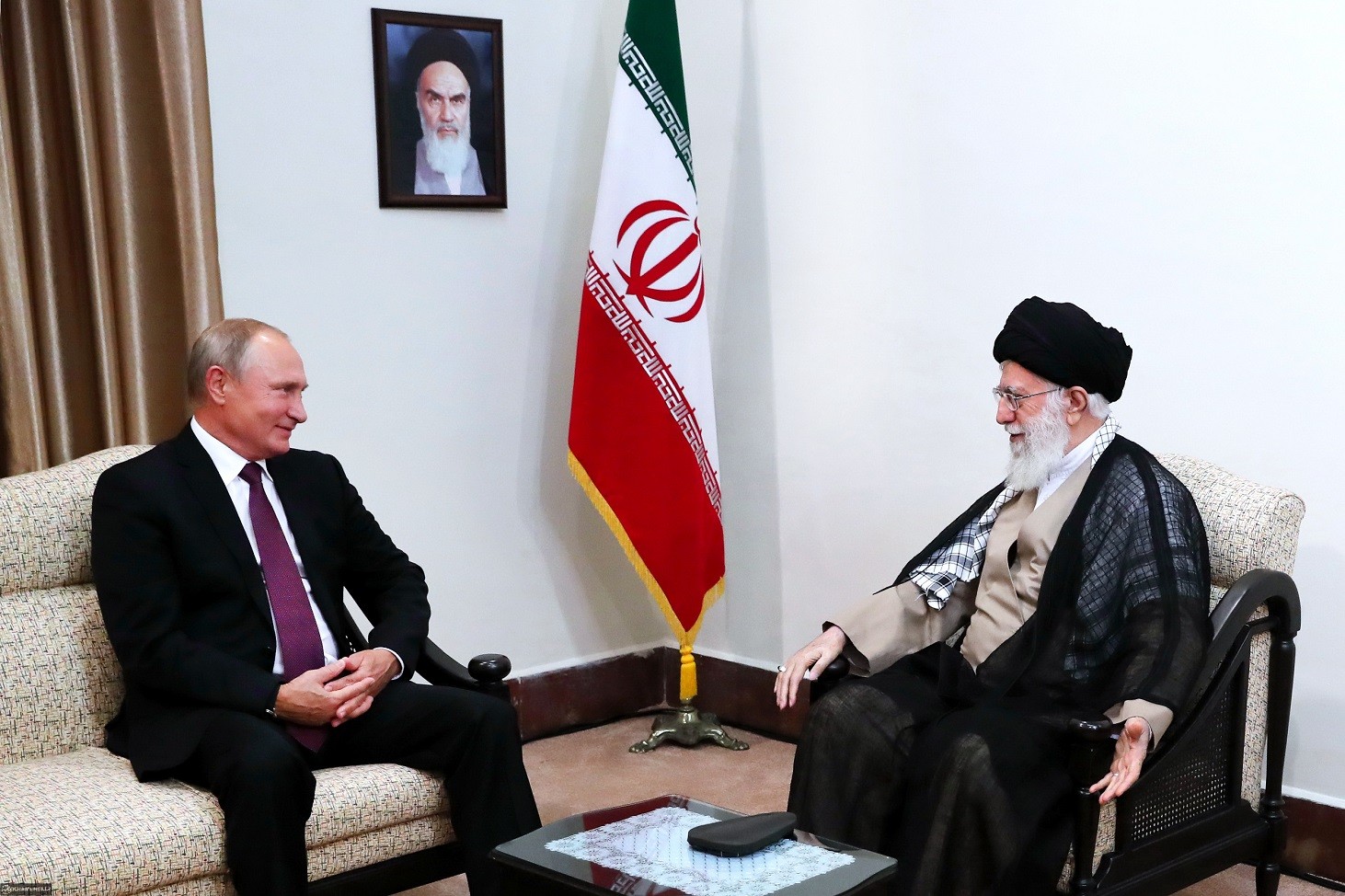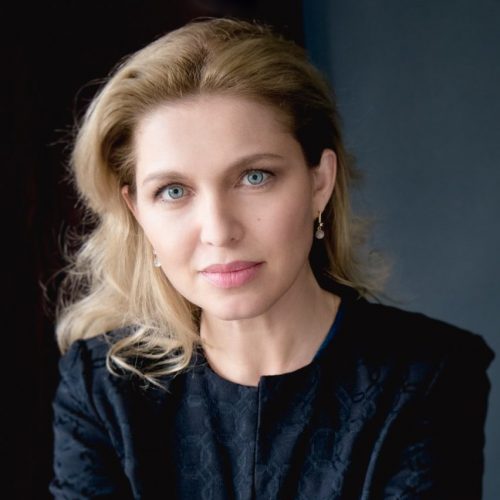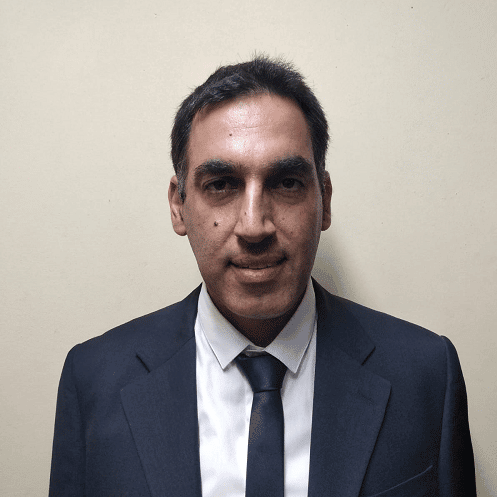The Houthi rebellion in Yemen, with its horrendous consequences for the country’s civilian population, is being instigated primarily by Iranian assistance and direction for the rebels, together with Russian growing involvement in the conflict. An end to the fighting therefore depends to a large extent on the willingness of external countries to continue their fomenting of the conflict.
The Houthi rebellion in Yemen, which has gained momentum since 2011, is not a local rebellion. Like other Middle Eastern theaters, it is an arena of conflict between Iran, which leads the resistance axis, and Saudi Arabia, the leader of the moderate Sunni alliance. The geopolitical consideration described below have led Iran to devote large-scale efforts and resources to Yemen. Iran’s aim is to exploit the crisis in Yemen to substantially bolster its influence there. Iran is also trying to outflank Saudi Arabia on the south, thereby in effect surrounding it, given Iranian dominance in southern Iraq. Iran also wants to punish Saudi Arabia for sending military forces into Bahrain in 2011 to repress the Shi’ite rebellion against the Sunni Al Khalifa family.
Iran’s desire to punish Saudi Arabia was intensified by the latter’s support for the Arab Spring in Syria in 2011. Iran also sought to acquire Yemen’s geostrategic advantages, above all the Bab-el-Mandeb strait and the Red Sea, in order to reinforce its threat and deterrence against the US, Saudi Arabia, and Israel.
Iran officially denies the comprehensive support it provides to the Houthis. Without this support, however, the Houthis would have been unable to mount a significant missile challenge to Saudi Arabia. Their advances and battlefield success in Yemen would also have been impossible. The Iranian media associated with the The Islamic Revolutionary Guard Corps (IRGC) admitted that Quds force were operating in Yemen, although these mediaclaimed that these Iranian forces were engaged in humanitarian missions, such as aid to the wounded. Yemenite media reported that various Quds Force specialists had been killed in battle in Yemen. The IRGC also sent a Hezbollah force to Yemen to train the Houthis and improve their battlefield capabilities. Leading Hezbollah’s operations was high-ranking official Khalil Harb, who was also responsible for financial assistance to the Houthis.
The Houthis owe their battlefield capabilities to all-encompassing Iranian aid. Training provided to Houthi combatants includes actual combat in Syria aimed at improving their battlefield performance in Yemen. In August 2017 Houthi commander Mohammed al-Warafi was killed fighting with Hezbollah in Tadmur, Syria. Iran puts its missile capabilities at the Houthis’ disposal, and directs at least some of their attacks against Saudi Arabia. In August 2018, senior IRGC officer Nasser Shabani admitted that in late July 2018, the IRGC had instructed the Houthis to attack two Saudi Arabian oil tankers in the Red Sea, west of the strategic port of Al-Hudaydah.
Iran is also sending improvised explosive devices (IEDs), explosively formed penetrators (EFPs), and unmanned aerial vehicles (UAVs) to Yemen. These shipments violate the arms embargo on Yemen and the ban imposed on Iranian arms exports by UN Security Council resolutions. The shipments are an important factor in thwarting peace initiatives in Yemen. Quds force also provide financial aid to the Houthis through a money laundering network passing through Germany, among other places. Iran also smuggles fuel to Yemen, which the Houthis sell at a profit.
The extensive military support that Iran is providing to the Houthis is therefore an open secret. Arms seized by the Arab coalition fighting against the Houthis included sophisticated weaponry of mainly Iranian manufacture. This coalition stated in 2018 that it had neutralized tens of thousands of camouflaged explosive devices of various types laid by the Houthis since the fighting started. These devices injure civilians and combatants alike.
The coalition has also seized Kornet missile launchers. The markings on the systems make it clear that they were manufactured in 2015. This means that they were undoubtedly sent to Yemen after UN Security Council Resolution 2216, passed in April 2015, took effect. The Scud missiles possessed by the Houthis also bore markingsshowing their Iranian origin.
Iranian activity depends on cooperation with Russia, which protects the irgc against unfavorable Security Council resolutions and enables them to continue exporting terrorism to Yemen. Russia is therefore an important actor enabling Iran to extend its hold and influence in Yemen. Among other things, Russia makes it possible for Iran to foster the deadly terrorist attacks committed by the Houthis in Yemen and their missile barrages aimed at Saudi Arabia.
In addition to cooperating with Iran in other Middle Eastern theaters, the most prominent of which is Syria, Russia also abets Iranian interests in Yemen. In 2018, Russia vetoed a UN Security Council resolution condemning Iranian military aid for the Houthis. After having been in contact with Russia a number of times since 2015, a Houthi delegation met with the Russian Deputy Foreign Minister Mikhail Bogdanov. The Houthis then declared that Russia should be involved in any settlement in Yemen.
In 2018, the Houthis sent President Putin a letter calling on Russia to intervene in the war. Russia’s widely reported willingness to conduct a dialogue with the Houthis provides them with an international platform for voicing their demands. It also establishes Russia as an international patron of relevance to events in Yemen.
Russia aspires to step up its involvement in various areas of the world. It has two guidelines in dealing with the US and the West: striving towards a multi-polar world in which it is one of the leading powers, and viewing its interaction with the US in every theater in which it is active as a zero-sum game. Russia according wishes to enhance its presence in the Red Sea. Russian Ambassador to Yemen Vladimir Dedushkin therefore stated last year that southern Yemen must be included in a regional settlement.
The Russians previously expressed interest in establishing a military base in the Gulf of Aden. This area will be a passageway to the Horn of Africa, where Russia has a military and commercial interest. In 2009, the international media reported that Russia was planning to develop a naval base on Socotra, an island belonging to Yemen, at the same time as disagreements were growing between Yemen and the US on various issues, including democracy, human rights, and anti-terrorism warfare.
From a strategic perspective of competition with the US, Russia is seeking to position itself as a mediator with a unique capability to negotiate with all rival parties in almost every theater in which Russia is involved. Yemen is a typical example of this. While Russia advocates a united Yemen in accordance with the UN Security Council resolution, it is increasing its intervention in southern Yemen with all of the parties involved. Russia wants to strike a balance between Saudi Arabia and Iran, and between the Arab coalition and the Houthis.
Russia abstained in the vote on Security Council Resolution 2216 calling for an arms embargo against the Houthis and opposing the Arab coalition’s campaign against them. At the same time, Russia supported the relatively moderate Houthi factions in the belief that it would be able to come to an arrangement with Saudi Arabia, thereby preserving Russian interests with both sides in the conflict. For example, since Russia wants to preserve its mainly economic interests with Saudi Arabia, it criticized Houthi extremism following the murder of President Saleh. In 2016, before he was murdered, Saleh expressed willingness to allow Russia to use all of the military bases in Yemen in order to help Yemen fight terrorism.
Russia has not officially recognized the Houthi government, which has had its capital in Sana’a since 2014. Russia maintains good relations with a variety of groups and organizations in southern Yemen. It expressed interest in mediating between the rebels in southern Yemen and supporters of President Mansur Hadi following the attack on Aden by the president’s supporters.
From an overall regional perspective, Russia is striving to expandits intervention in the Middle East and Africa. Russia is taking advantage of internal developments, mostly those resulting from upheavals associated with the “Arab Spring,” to fortify its regional presence. Russia regards the conflicts in the region as a strategic opportunity, relying on its ties with all of the parties involved. On the one hand, Russia supports the Hadi government, which enjoys the support of the West and the UN. On the other hand, it provides backing for Iran and its Houthi vassals. This invites comparison with Russia’s coordination and good relations with Israel, simultaneously with its relations with Iran and Iran’s Syrian client.
To summarize, Yemen is another focus of instability in the Middle East. This instability, ostensibly a result of internal tensions, is exacerbated by external countries: both those in the region, like Iran, and more remote ones, like Russia. The various interests of these countries are giving rise to cooperation between them.One result of this cooperation is the arming ofgroups that are inflicting horrendous damage on the people of Yemen. The result may be that the capabilities and interests of external players, such as Iran and Russia, in continuing their military and economic support for the parties in the conflict may be of more importance in determining its outcome than the parties themselves.
JISS Policy Papers are published through the generosity of the Greg Rosshandler Family.
photo: http://farsi.khamenei.ir/photo-album?id=40427 [CC BY 4.0]




 - בניית אתרים
- בניית אתרים